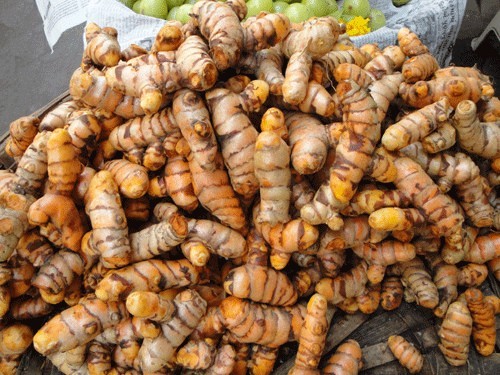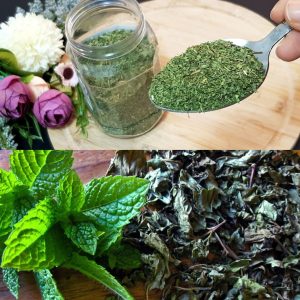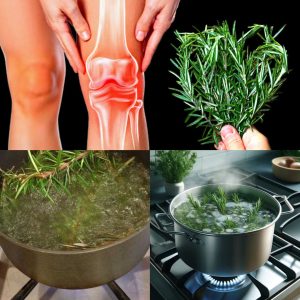
Turmeric is a vibrant, golden-yellow spice known for its numerous health benefits and culinary uses. Growing turmeric at home is not only simple but also incredibly rewarding. This versatile plant thrives in a home environment and provides a fresh supply of turmeric that you can use in cooking, teas, and natural remedies. Here’s how you can easily grow turmeric in your home.
Why Grow Turmeric?
Turmeric is packed with curcumin, a powerful compound with anti-inflammatory and antioxidant properties. Freshly harvested turmeric has a richer flavor and higher nutritional content than store-bought varieties. Growing your own turmeric ensures it’s organic and free from pesticides.
Getting Started
What You’ll Need:
Turmeric rhizomes (roots) – available at gardening centers or online
A large pot with good drainage
Rich, well-draining potting soil
Water
Step-by-Step Guide
1. Choose the Right Rhizomes:
Select Fresh Rhizomes: Look for plump, healthy turmeric rhizomes with visible buds or “eyes.” These are the points where new shoots will sprout.
2. Prepare the Rhizomes:
Cut the Rhizomes: If your rhizomes are large, cut them into smaller pieces, each with at least one or two buds. Let the cut pieces dry for a day to form a protective callus over the cut surfaces, which helps prevent rot when planted.
3. Plant the Rhizomes:
Choose a Pot: Select a large, deep pot with good drainage, as turmeric roots need space to grow.
Fill with Soil: Fill the pot with rich, well-draining potting soil.
Plant the Rhizomes: Place the rhizome pieces horizontally about 2-3 inches deep in the soil with the buds facing up. Cover them with soil.
4. Water and Care:
Watering: Water the soil thoroughly after planting and keep it consistently moist but not waterlogged. Turmeric prefers a humid environment, so misting the plant can also be beneficial.
Light: Place the pot in a warm spot with indirect sunlight. Turmeric thrives in temperatures between 70-90°F (21-32°C).
5. Watch It Grow:
Patience: Turmeric grows slowly, and it may take several weeks to see shoots appear. The plant can take 8-10 months to mature fully.
Fertilizing: Use a balanced fertilizer every few weeks to encourage healthy growth.
Harvesting Your Turmeric
When to Harvest: You can start harvesting turmeric 8-10 months after planting. The leaves will start to turn yellow and dry out, indicating that the rhizomes are ready.
How to Harvest: Carefully dig up the entire plant and remove the rhizomes. Save a few rhizomes with buds for replanting.
Tips for Success
Avoid Overwatering: While turmeric likes moisture, too much water can cause the rhizomes to rot. Ensure the pot has good drainage and the soil is well-draining.
Keep It Warm: Turmeric is a tropical plant and needs warmth to thrive. If you live in a cooler climate, consider growing turmeric indoors or in a greenhouse.
Conclusion
Growing turmeric at home is a simple and rewarding process that ensures a fresh supply of this powerful spice. With minimal effort, you can cultivate a thriving turmeric plant that enhances your culinary dishes and boosts your health. Give it a try and enjoy the numerous benefits of having fresh, home-grown turmeric.
Here’s to a healthy and vibrant home garden with turmeric!





